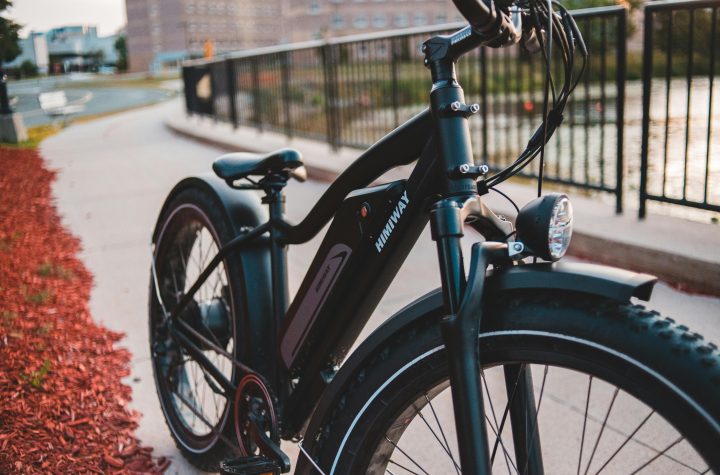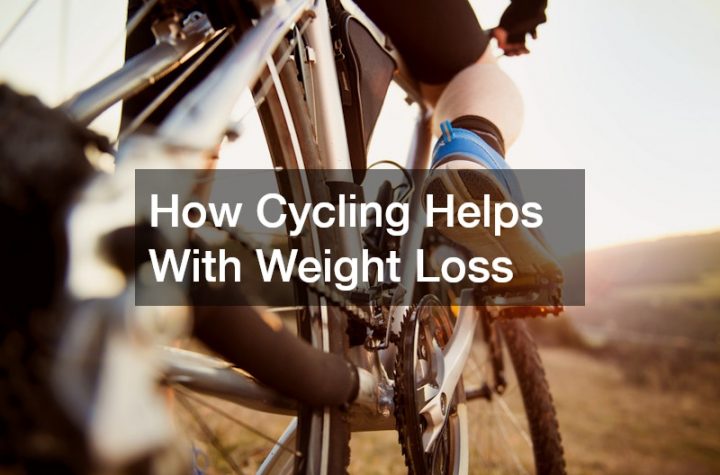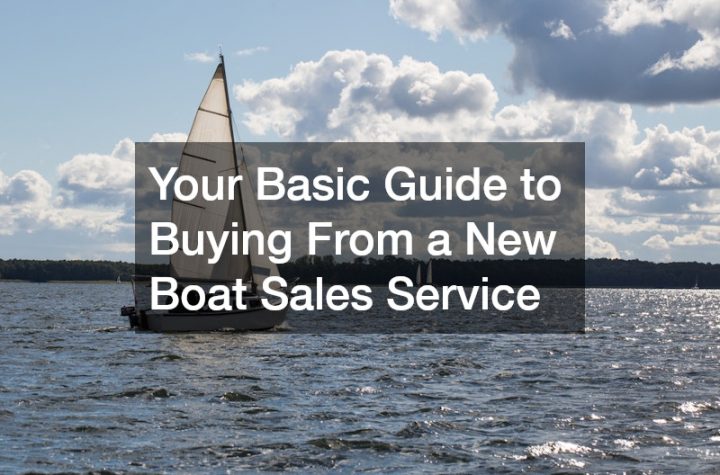

Motorcyclists derive a lot of enjoyment out of riding their motorcycles. Motorcycles give riders a sense of freedom that is not available when you drive a car. Motorcycles also provide a lot of power for their size. This gives many motorcyclists the sense of riding on the edge.
But the exposure and power of motorcycles that makes them a joy to ride also makes them dangerous. First-time riders are particularly at risk of motorcycle accidents. Motorcycles are not as stable as vehicles and may be difficult for first time riders to control. Motorcycles are also less visible to other drivers. As a result, many motorcycles are hit by inattentive drivers.
Here are some motorcycle safety tips for first-time riders.
Modify Your Bike Carefully

New motorcycle owners might be tempted to soup up their rides by adding modifications to the brakes, transmission, wheels, handlebars, and even the engine. This can give you a customized bike that is unique and becomes well-known in your area. It can also spell disaster for a first-time or novice rider. One of the key motorcycle safety tips for first-time owners is to modify your motorcycle carefully.
Many of the modifications may require you to ride the bike differently. For example, ape hanger handlebars might look neat, but are difficult to control and may cause your arms to lose sensitivity and circulation on long rides. This could spell disaster for a rider who is not used to them.
Similarly, souping up your engine with hot rod parts can have many negative effects on your safety. A powerful engine is more difficult to control, especially during acceleration. If the bike gets out in front of you, you can lose control and crash.
Engine modifications can also create hot surfaces that can expose you or your passengers to burns. Even if the hot surfaces can be kept away from exposed skin, they can cause heat damage other parts of your motorcycle or pose a fire risk.
When you choose to modify your motorcycle, follow these motorcycle safety tips for first-time owners and find a qualified motorcycle mechanic to review your plans. The mechanic might have performed similar modifications in the past, and you can learn from the mechanic’s prior experiences. You can also talk to other motorcycle owners who can tell you about their successes and failures in modifying their motorcycles. Remember that modern motorcycles are engineered machines. They are designed to operate in a particular way and modifying them can create safety risks to you and to other drivers on the road.
Invest in Good Insurance
Motorcycle insurance is different from auto insurance. Motorcycles are much more likely to get into accidents than cars and, if there is an accident, motorcyclists are much more likely to be injured or killed. As a result, your motorcycle insurance policy will probably have different coverage than your auto insurance policy.
Most insurance for a motorcycle will not automatically cover medical expenses for the cyclist or a passenger. You will need to add this separately, and it may be expensive.
But even coverage for damage to your bike will be expensive. Since motorcycles are more likely to get into an accident, comprehensive and collision coverage will be expensive.
Additionally, most motorcycle policies do not automatically cover passengers. This is different from auto policies that cover everyone in the car. To cover passengers, you will need to add additional coverage.
On the other hand, insurance companies often offer special options that provide additional coverage for motorcycle owners. If a motorcycle has customizations, you can add coverage for damage or theft of the custom parts. And if you only ride your motorcycle during part of the year, most insurance companies offer ‘lay-up’ coverage. Under this policy option, you can qualify for reduced insurance premiums for storing your bike for part of the year.
As a result, one of the most important motorcycle safety tips for first-time owners is to read over your motorcycle coverage carefully. Add on the policy coverages you need, and make sure you notify the insurer if you qualify for lay-up coverage discounts. This will ensure you have a policy that protect you and your bike, but does not break the bank.
Scout Your Route

Motorcycles are more sensitive to road conditions and traffic than cars. Before you try out a new route, scout it online or with a quick drive in your car. Rough asphalt, slick surfaces, or heavy traffic can pose dangers to a new rider. As you gain experience, your skills at navigating obstacles will improve. But until you reach that point, you should be very wary of what you are getting yourself into when you ride your motorcycle.
This applies to off-road motorcycles as well. Although it can be fun to go exploring on a dirt bike, they are not immune to accidents. A pothole, sharp turn, or gravel surface can put a dirt bike on the ground. Worse yet, it could result in an injury to the motorcyclist in an area too remote for EMTs or other medical care.
One of the motorcycle safety tips for first-time bikers is to use phone apps to scout your route. Mapping applications can help you get an idea of the road conditions along your chosen route. You can also use ‘street view’ features in a mapping application to see the condition of the road. Weather and traffic apps can help you scout out any dangers from storms or crowded conditions. Using all these tools together can help you find a route that is safe for you and your motorcycle.
Get Used to Traffic
One benefit of motorcycles is that they are better suited to moving through heavy traffic. But the downside is that motorcycles are very exposed to accidents when traffic is heavy. Drivers can become lazy when checking their blind spots in heavy traffic and can sideswipe you as you try to pass. In a car, a sideswipe might cause minor damage to the paint and bumper. But on a motorcycle, a sideswipe could result in substantial damage and severe injuries.
Even more dangerous is slowdowns caused by car accidents. Drivers are often distracted by the car accident and might maneuver right into you. A rear-end bump that might cause minor damage to a car could destroy your motorcycle and put you over the handlebars and onto the road.
You should learn about the laws your state has for motorcycles in traffic. Some states allow ‘lane splitting.’ This practice allows motorcycles to ride on the lane lines between cars when traffic is stopped. This helps motorcycles move through traffic more efficiently and gets them out of the busy travel lanes where they can be hit by cars. If your state allows lane splitting, just remember your motorcycle safety tips for first-time riders and be mindful of drivers who cut you off trying to change lanes.
Another practice allowed by most states is called ‘lane sharing.’ Lane sharing is when two motorcycles ride side-by-side in a single lane. This practice can also help in busy traffic since motorcycles are not required to move in single file. But again, keep your motorcycle safety tips for first-time riders in mind and practice sharing a lane before trying it on the road. Lane sharing leaves you with very little room to maneuver, so it should only be attempted after you have developed the skill to control your motorcycle.
Beware of Fire Hazards

Everything on your motorcycle has to fit into a tiny space. This means that hot surfaces sometimes end up near flammable materials. One of the critically important motorcycle safety tips for first-time motorcycle owners is to watch for fire hazards.
If a motorcycle catches on fire, the motorcyclist is in serious trouble. Fire can consume a motorcycle quickly and the cyclist has no protection from fire except clothing.
You should watch for signs of heat damage or fire risks and have your bike repaired if it is at risk for catching fire. For example, melted plastic, scorched chrome, or a leaking oil or fuel tank can signify a substantial fire risk. Before riding your bide again, you should look into fuel storage tank repair or other repairs to reduce the fire risk.
If your motorcycle has gauges for the engine temperature and oil pressure, you should keep an eye on them while you ride. Unlike a car, where fires are rare, motorcycle fires can happen quickly when an engine begins to overheat.
Take Care of Your Engine
Your engine is the heart of your bike. It can also be the cause of an accident if it dies while you are riding. Unlike a car where you are surrounded by a couple of thousand tons of steel, a motorcycle offers no protection if you lose power and need to coast to a stop. Keeping your engine in working order can reduce your risk of an accident.
Make sure you service your motorcycle as recommended by the manufacturer. Get your fluids changed on schedule and have your tires checked routinely. If your motorcycle develops any operating problems, have them checked by a mechanic. Remember, a steering or braking problem on a motorcycle is usually easy to fix and the repair might just save your life.
Also, be sure to feed your motorcycle the right fuel. Fuel services offer many different octane levels of gasoline. Make sure you use the recommended fuel for your motorcycle’s engine. This will not only extend your engine’s life. It will also reduce the chances that you lose power when you are riding.
Protect Your Eyes

Riding a motorcycle leaves very little room for error. Most states require motorcyclists to wear eye protection or have a windshield. The reason is that debris in your eyes or face could cause you to lose control of your motorcycle and crash. By wearing eye protection and having a good windshield, you can save your life.
One of the motorcycle safety tips for first-time motorcycle owners is to inspect your windshield for damage and have it repaired by an auto glass repair service. Motorcycle windshields have less support than auto windshields. As a result, even minor damage can propagate quickly and cause the windshield to crack. By catching damage early, you can save money on new windshields and reduce the risk of losing your windshield while riding your bike.
Keep Your Motorcycle Clean
This tip actually supports other motorcycle safety tips for first-time motorcycle owners. Residue on your bike can make it slick and difficult to control. If your brake levers are slick, you might not be able to stop in an emergency. Similarly, built-up gunk on your windshield could block your vision.
Also, residue on your engine can pose a fire hazard. Washing this residue off can reduce your risk of a fire.
As a result, you should keep your motorcycle clean. A quick way to clean the motorcycle is with a pressure washer rental. A pressure washer should be able to spray off the bugs on your windshield and clean the built-up oil and fuel stuck to your engine.
Understand What to Do After a Crash

Motorcycle accidents happen. These accidents range in severity from a scraped bike to severe injuries and a totaled motorcycle.
Motorcyclists are about five times more likely to be injured in an accident than an automobile driver. Motorcyclists are nearly 30 times more likely to die in an accident than automobile drivers. As a result, you should understand what to do after a crash.
- Assess your injuries: If you have injuries, try to assess what has happened. If you have a head, neck, or back injury stay where you are and yell for help. If you are bleeding, put pressure on the wound and call for assistance.
- Document the scene: If your injuries are minor, try to get a few pictures of the accident scene. This will help with the insurance claim.
- Cooperate with police: If the police responded to the accident, cooperate with them and be truthful. They will produce an accident report that may help you pin liability on another driver.
- Get medical assistance: Even if your injuries are minor, see a doctor. They might be more serious than you think.
- Call a motorcycle accident lawyer: A lawyer can help you document and file your insurance claim. If the claim is denied, the lawyer can file a lawsuit.
Owning a motorcycle can be an exhilarating experience. Just know some motorcycle safety tips for first-time riders and your ride can be safe too.




More Stories
How Cycling Helps With Weight Loss
Your Basic Guide to Buying From a New Boat Sales Service
Where to Get Ski and Snowboard Rentals